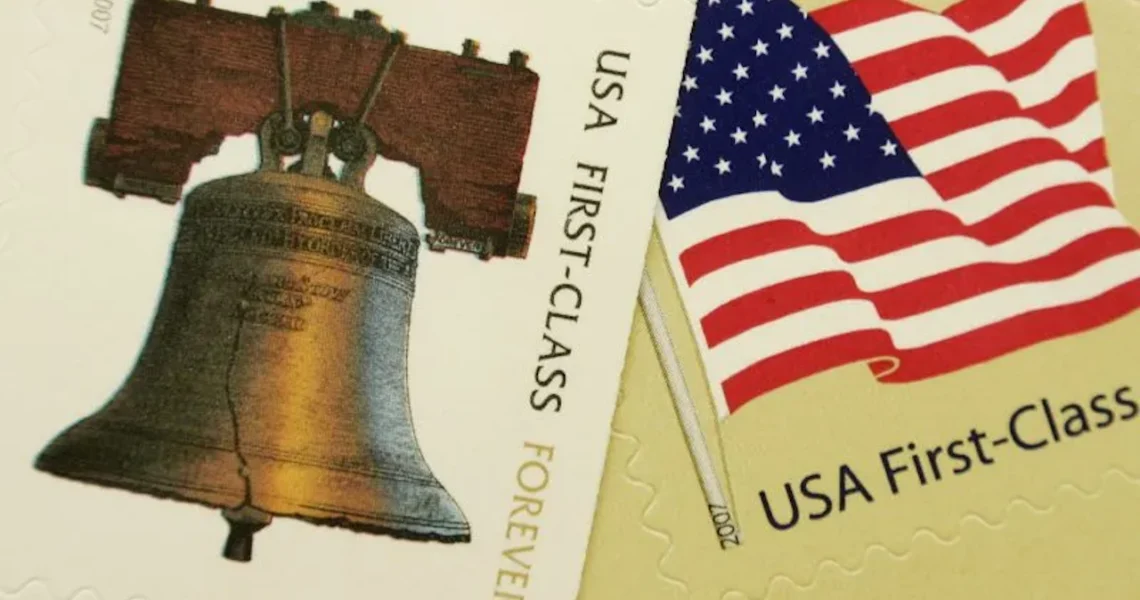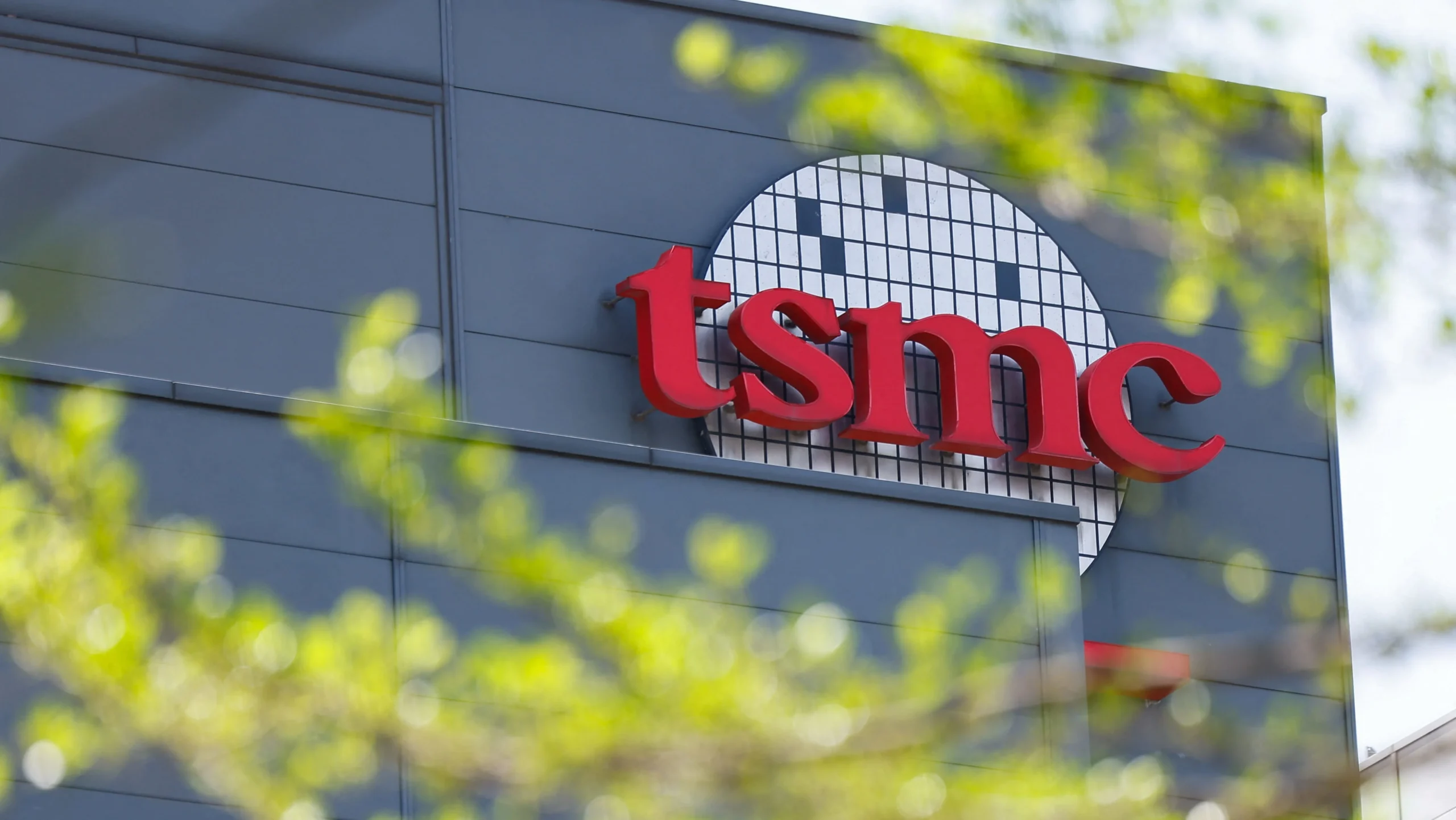USPS Stamp Price Hike: What Your Mail Costs Now
Sending a letter or a postcard in the United States just became a little more expensive. The United States Postal Service (USPS) has, once again, implemented a price hike on its First-Class Mail services.
This latest adjustment, which took effect on Sunday, July 6, 2025, marks another in a series of consistent cost increases that have become a recurring feature in recent years for consumers and businesses relying on the nation’s postal service. For many, these changes directly impact daily life and operational budgets, making it crucial to stay informed about current postage rates.
The rationale behind these escalating prices remains consistent with previous adjustments. Back in April 2025, the USPS formally requested the most recent price increase. Their primary justification, as has been the case for numerous prior rate hikes, centers on the critical need to help the agency achieve financial stability.
The USPS, unlike most government agencies, operates as a self-funded entity, meaning it relies on postage and service fees, rather than taxpayer dollars, to cover its extensive operational costs. This ongoing pursuit of financial solvency often translates into higher prices for its wide array of services. The latest increase, specifically, represents a 7.4 percent bump applied solely to First-Class Mail stamps, impacting standard letters and lightweight packages sent across the country.
Understanding the New Postage Rates
For the average consumer, the most noticeable change will be the cost of a Forever stamp. These popular stamps, first introduced in 2007, are unique because they remain valid for mailing a one-ounce First-Class letter indefinitely, regardless of future price increases. This feature was designed to simplify mailing and protect consumers from needing to buy supplemental stamps when rates change.
Effective July 6, 2025, the price of a Forever stamp has risen to 78 cents. This represents a 5-cent increase from the previous rate of 73 cents. The new batch of Forever stamps features a diverse range of designs, including playful new designs for “SpongeBob SquarePants,” a commemorative stamp celebrating the USPS’s 250th anniversary, and a tribute to former first lady Barbara Bush. While the aesthetic appeal of these stamps may vary, their core function and rising cost remain a key focus for millions of mailers.
Beyond standard letters, other postal services have also seen adjustments:
- Postcards: If you prefer sending postcards to loved ones or for business promotions, the cost for a domestic postcard has increased to 61 cents a piece, up from its previous rate of 56 cents.
- International Mail: For letters and postcards destined for international addresses, the price has also climbed. Sending international mail will now cost $1.70, an increase from the former rate of $1.65. This reflects the higher logistical complexities and costs associated with cross-border delivery.
Despite these recurrent price hikes, the USPS maintains that its services remain competitively priced on a global scale. In its April statement, the agency asserted, “USPS prices remain among the most affordable in the world.” This argument attempts to contextualize the increases within the broader landscape of international postal services, suggesting that even with higher rates, the cost of sending mail in the U.S. offers good value compared to many other developed nations.
A Decade of Rising Costs: The Forever Stamp’s Evolution
While the USPS opted against raising prices in January 2025, a decision that provided a brief respite for consumers, the current July increase is far from an isolated incident. In fact, a closer look at the historical data reveals a consistent upward trend in postage rates over the past decade and beyond.
Since 2012, when a Forever stamp cost a comparatively low 45 cents, these ubiquitous stamps have become more expensive nearly every single year. There have been only a few exceptions to this trend: no price increases were implemented in 2015 and 2020. However, the pace of increases has actually accelerated recently, with the USPS implementing two separate price increases in both 2023 and 2024, according to official data released by the agency. This pattern of multiple annual hikes underscores the ongoing financial pressures faced by the postal service.
Notably, the increase implemented last summer, which saw the price of a Forever stamp jump from 68 cents to 73 cents, was particularly significant. This specific adjustment marked the largest single increase since 2019, signaling an intensified effort by the USPS to generate more revenue. This acceleration in price adjustments has prompted concern among small businesses, non-profits, and individuals who rely heavily on mail services for communication, billing, and marketing. For these users, every cent added to the cost of a stamp represents a direct impact on their operational budgets or personal expenses.
The Path Ahead: More Price Hikes on the Horizon?
For those hoping that these recent price increases might stabilize the cost of mail, the outlook suggests otherwise. In fact, the USPS has been quite transparent about its long-term strategy for achieving financial stability, and it explicitly includes the prospect of more price hikes on the horizon.
Last September, the USPS put forth a proposal that outlined a highly aggressive schedule for future rate adjustments. This plan suggested raising the price of stamps a staggering five times over the next three years, beginning with the increase that just took effect in July 2025. According to this ambitious proposal, additional increases could occur every January and July through the end of 2027. This indicates a semi-annual review and potential adjustment of rates, moving away from less frequent, larger increases to a more regular, incremental approach.
At the time of this proposal, the agency reiterated its core reasoning: these adjustments are absolutely necessary for the USPS to fulfill its “legal obligation to be financially self-sufficient.” The Postal Accountability and Enhancement Act of 2006 (PAEA) mandated that the USPS operate more like a business, generating sufficient revenue to cover its expenses, including unique obligations like pre-funding retiree health benefits decades in advance.
This legislative framework, combined with declining mail volumes in the digital age and increasing operational costs (such as fuel, labor, and maintenance of its vast infrastructure), creates persistent financial pressure that the USPS aims to alleviate through these periodic rate increases. The logic is that consistent, predictable increases will provide the necessary revenue stream to modernize operations, improve service, and maintain financial viability without relying on direct government appropriations.
Political Undercurrents and Leadership Changes
The proposed long-term plan for stamp price increases, and indeed the broader financial strategy of the USPS, operates within a complex political landscape. The current administration, under President Joe Biden, has overseen the implementation of these recent rate adjustments. However, whether this specific plan, particularly the aggressive schedule of five increases over three years, will remain fully in effect through its intended duration is now uncertain.
The potential for shifts in postal policy is particularly relevant with the upcoming political transitions. President Donald Trump, who has historically been a vocal critic of the USPS’s operations and financial management, indicated earlier this year that major adjustments could be coming to the postal service under a potential future administration. President Trump had previously advocated for significant reforms to the USPS, often focusing on its financial performance and its relationships with large e-commerce companies. His past critiques have included calls for higher package delivery rates for major online retailers and a general restructuring of the agency.
Adding another layer of uncertainty to the leadership and direction of the USPS, Postmaster General Louis DeJoy resigned approximately a month after President Trump’s comments earlier this year. DeJoy, who was appointed during the Trump administration in 2020, has been a controversial figure, driving many of the cost-cutting measures and price increases seen in recent years under his “Delivering for America” plan. His departure signals a potential change in leadership and strategic direction for the agency, which could influence future rate decisions and operational priorities.
The next Postmaster General, regardless of who is appointed, will inherit the formidable challenge of balancing the USPS’s legal obligations for financial self-sufficiency with the public’s expectations for affordable and reliable mail service, all while navigating the political currents of Washington D.C. This makes the future trajectory of stamp prices and postal services a subject of ongoing speculation and public interest.
Impact on Consumers and Businesses
The consistent rise in stamp prices, while necessary for the USPS’s financial health, has tangible impacts on various segments of the population.
For individual consumers, the increasing cost of a Forever stamp means that sending personal letters, greeting cards, or even paying bills by mail becomes a slightly more expensive endeavor. While a few cents per stamp might seem negligible, for those who frequently use the mail, or for elderly populations who rely on traditional correspondence, these incremental costs add up over time. It can also subtly encourage a further shift towards digital communication methods, potentially accelerating the decline in First-Class Mail volume, which ironically, contributes to the USPS’s financial woes.
Small businesses and non-profit organizations are often hit harder by these increases. Businesses that rely on direct mail marketing, send out invoices, or distribute newsletters face higher operational costs. Non-profits that depend on direct mail for fundraising efforts must factor in these increased expenses, potentially diverting funds from their core missions. While bulk mail rates (which are separate from First-Class) also adjust, the general upward trend puts pressure on budgets. These organizations often have tighter margins than larger corporations, making every price increase a significant consideration for their financial planning and marketing strategies.
Furthermore, the price hikes can impact e-commerce businesses that use the USPS for shipping lighter packages. While First-Class Mail focuses on letters and flats, other services like First-Class Package Service (now part of USPS Ground Advantage) also see adjustments that cascade through the shipping costs for online retailers. This can lead to higher shipping fees for consumers, or reduced profit margins for sellers.
In essence, while the USPS aims for financial stability, its pricing strategy directly influences the affordability and viability of mail services for millions of Americans, prompting ongoing debates about its mandate, efficiency, and future role in an increasingly digital world. The current and proposed price increases are not just about the cost of a stamp; they reflect deep-seated challenges in how a vital public service adapts to changing communication patterns and economic realities.






